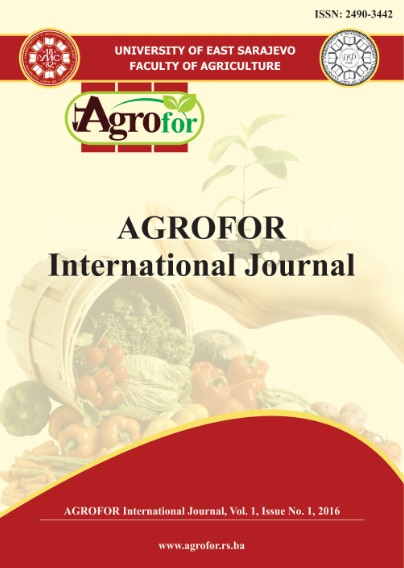CONSERVATION AGRICULTURE BETWEEN CONCEPT AND APPLICATION
DOI:
https://doi.org/10.7251/AGRENG1601202HAbstract
The challenges of agricultural sustainability have become more intense in recent
years with the sharp rise in the cost of food, energy and production inputs, climate
change and water scarcity. The question is how to meet such challenges? How
should be agriculture in the 21st century? The worldwide scientific and empirical
evidences highlighted the important role could be achieved through rapid adoption
and spread of conservation agriculture (CA). Experience worldwide over the past
four decades has demonstrated how CA through the simultaneous application of a
set of practices of minimal mechanical soil disturbance, organic soil cover and
diversified cropping can lead to greater and stable yields, better use of production
costs, enhanced crops, soil and ecosystem health, and improved climate change
adaptability and mitigation. However, despite of the beneficial effects of the CA on
the environment sustainability and in improving productivity and economics, yet
the question arise: why CA is not spreading faster and why then do the majority of
farmers are still using other tillage implements? This could be mainly attributed to
the fact that much of the current production system science and education as well
as the policy and institutional support systems for the modern tillage-based
agricultural practices are not suitable to transformation towards enhance
conservation agriculture. Furthermore for a greater number of countries there is
lack of knowledge about CA systems and their management and absence of funded
research and extension services. The needed enabling policies, and practical actions
to promote the transformation of current production systems towards CA ones will
be fully discussed in this paper.

